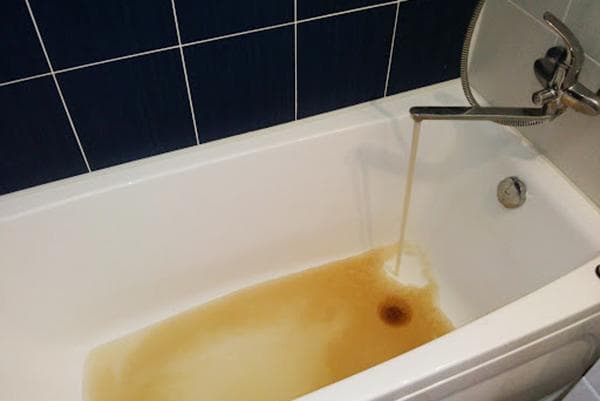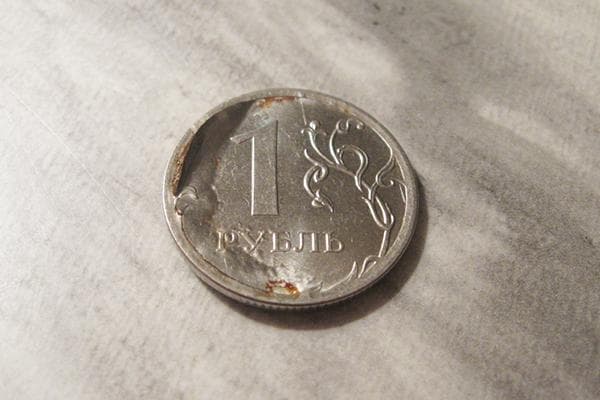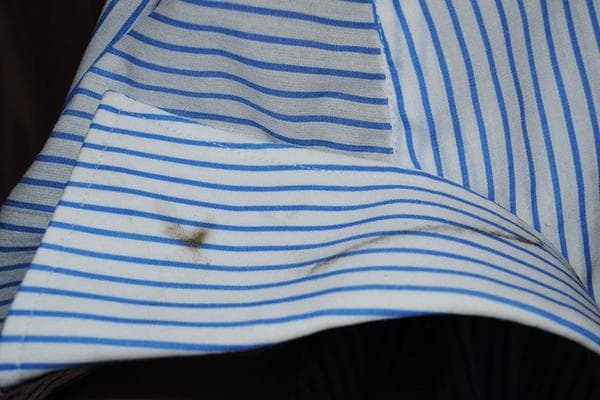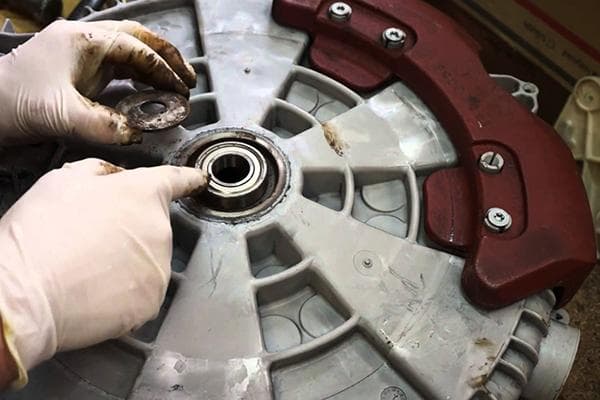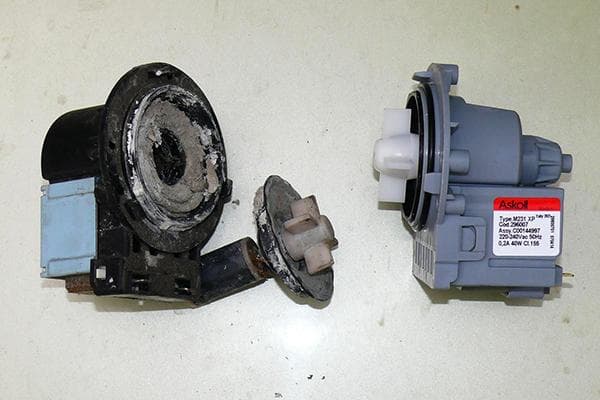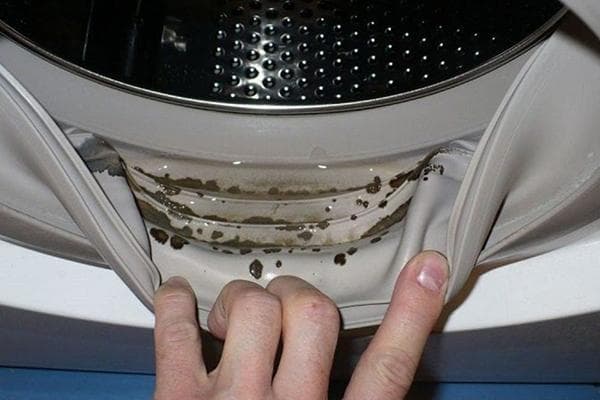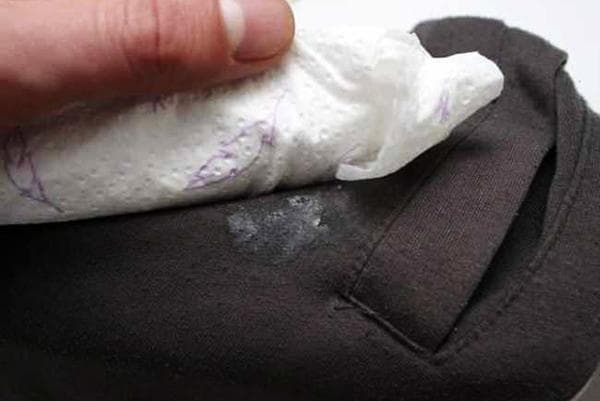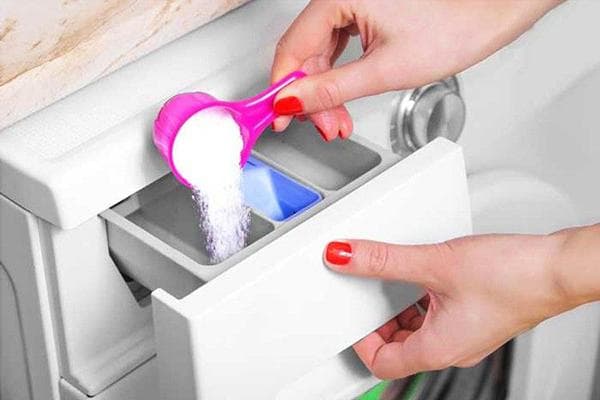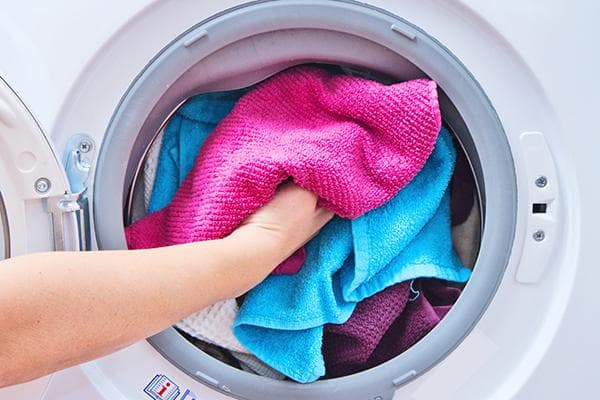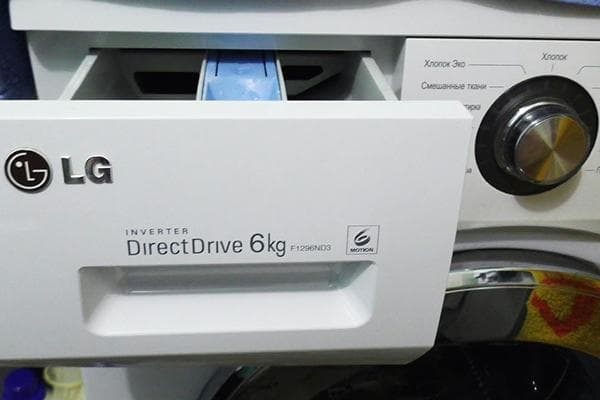The washing machine stains the clothes - is it your fault or is it her fault?
The quality of washing in a modern automatic machine depends not only on the serviceability of the device, but also on many other factors, including the composition of water, powder, load volume and proper operation of the device. Sometimes the washing machine stains things, leaving black, grayish and whitish marks on them. In this case, you must try to accurately determine and quickly eliminate the cause of the problem, otherwise washing loses its meaning.
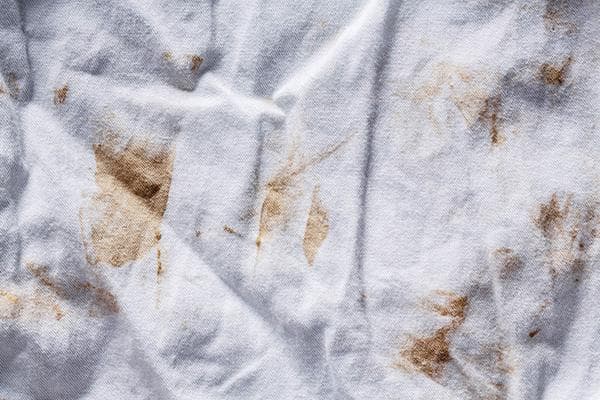
Brown spots appear on clothes after washing
The washing machine is designed to clean clothes from various contaminants, but not vice versa, and the formation of new contaminants after washing is unacceptable. If this does happen, you can determine its origin by the color of the stain and, using the advice of specialists, fix the problem.
Thus, red, brown and light brown, orange stains remain on the surface of the material in two cases:
- after washing in rusty water;
- when a metal object remains in the machine body for a long time.
Water quality
The quality of washing directly depends on the purity of the water. If rusty water flows from the tap, then turning on the machine is out of the question, since rust will not only stain all the laundry, but will also contaminate the internal parts of the machine. Most often, this problem occurs in houses with an old pipeline or after turning off the water for repair work.
In some regions, tap water has a high iron content. Light-colored clothes washed in such conditions become covered with slightly noticeable orange stains. In this case, you cannot do without installing a special filter.
Metal object in the tank
Another common reason for the formation of brown stains is the entry of an iron object into the body of the machine. Coins, nails, hairpins and pins that fall out of pockets and remain at the bottom of the tank become rusty over time and stain clothes.
To eliminate the cause of contamination, you need to unscrew the filter and remove unnecessary objects. Usually this simple operation is handled independently, without the help of specialists.
Washing machine stains laundry with gray stains
If gray oily formations are visible on the washed laundry, and the operation of the unit is accompanied by strong noise and grinding noise that increases during spinning, you may suspect a breakdown of the device or contamination of the hoses and cuffs.
The oil seal is worn out
The oil seal is a special gasket installed on the shaft between the bearing and the drum. This part, inside of which a lubricant is used to improve sliding, protects the bearing from moisture. As a result of operation, the oil seal is partially destroyed. The grease gets into the water and leaves gray oily marks on the clothes.
It is very difficult to cope with this problem without proper work experience, since you have to change both the oil seal and the bearing, which also quickly fails without waterproofing.
Contamination of the pump and tubes
Each washing machine is equipped with a drain pump or, in other words, a pump.In inexpensive old-style models, this device is intended solely for draining water, while in new devices, circulation pumps are installed to ensure the exchange of water during the rinsing and washing process.
Over time, dirt accumulates in the pump housing and the entire circulation path, which cannot be removed either by washing with citric acid or with special cleaning agents. Dirt and water enter the drum of the machine and leave dark marks on clothes.
To improve the quality of washing, you need to disassemble the pump and wash its parts under a strong stream of water. The tube connecting the tank and the pump must also be thoroughly cleaned.
Improper care
During washing, the inside of the washing machine comes into contact with water, and moisture and heat are an excellent environment for the formation of mildew. If you do not take care of the machine, do not wipe it after use and do not ventilate it, the plastic and metal parts will quickly become covered with a black coating.
You can clearly see that there is mold in the machine by opening the powder dispenser tray or bending the rubber cuff. Another sure sign is a musty smell coming from the drum.
The easiest way to clean the device is with citric acid. To do this, pour 100–150 g of citric acid into the powder tray and run the machine at maximum temperature (without laundry). The cuff is cleaned with a brush, and the dispenser is washed under running water. To prevent such a nuisance, after the next wash you should wipe the drum with a dry cotton cloth and leave the door ajar for ventilation.
White spots on black clothes after washing
The reasons for the appearance of bleached spots on dark or colored clothing may be:
- incorrectly selected or expired powder;
- incorrect dosage of detergent;
- weak water pressure;
- drum overload.
Washing powder
For washing black items, it is recommended to use a powder that does not contain bleach granules. If white spots of varying sizes appear on a black T-shirt after washing, you need to check the composition of the detergent. If chlorine or other bleach is present, it is recommended to replace it with a suitable powder.
Washing with a powder that has long expired, or using twice or more detergent will also lead to the formation of white spots on dark or colored material.
Weak water pressure
At the beginning of the wash, the powder from the dispenser, along with the flow of water, enters the machine drum. If the pressure in the water supply network is low, water barely flows from the tap, then the detergent will be washed out of the dispenser for a very long time and will only reach its destination at the “rinsing” stage. Traces of powder in the form of white spots will be clearly visible on dark and colored clothing.
Increasing the pressure in a centralized water supply system is a difficult task. It is much easier to give up powder laundry detergent and give preference to gels or capsules.
Drum overload
Overloading laundry can cause white stains on a black tank top or shirt. In this case, the powder particles are trapped between the fibers of the fabric and cannot completely dissolve.
It is better to load the machine drum 2/3 of the volume specified in the instructions.
White stains on black clothes after washing
All the troubles associated with the appearance of white stains on a dark down jacket, jacket, trousers and other clothes usually arise when using low-quality, poorly soluble powder or when washing in hard water.
- Powder problems
Not every powder can dissolve quickly, especially in not too hot water. It’s not without reason that manufacturers came up with a special dispenser for adding detergent, where the powder is first softened and only then flows into the drum. If you pour it directly into the machine, white streaks may appear after washing.
The same problem occurs if you use too much detergent. The dosage should correspond to the volume of laundry and the degree of soiling.
To eliminate whitish “patterns”, you need to turn on the additional rinse function.
- Dirty dispenser
There is always a little detergent left in the dispenser tray, which cokes, sticks to the walls and subsequently stains the laundry. Therefore, the dispenser must be washed regularly with hot water. For better cleaning, you can use a 9% vinegar solution.
- Hard water
If the water contains a lot of lime, salt or chalk, this can cause white streaks to appear on washed clothes. Installing a deep cleaning filter will help solve the problem.
The washing machine is designed to make the housewife’s work easier and free up time for more interesting activities than washing clothes. If the “assistant” rebels and refuses to perform her duties, as a result of which stains of different colors appear on the clothes, the cause of the malfunction must be immediately sought and eliminated.
